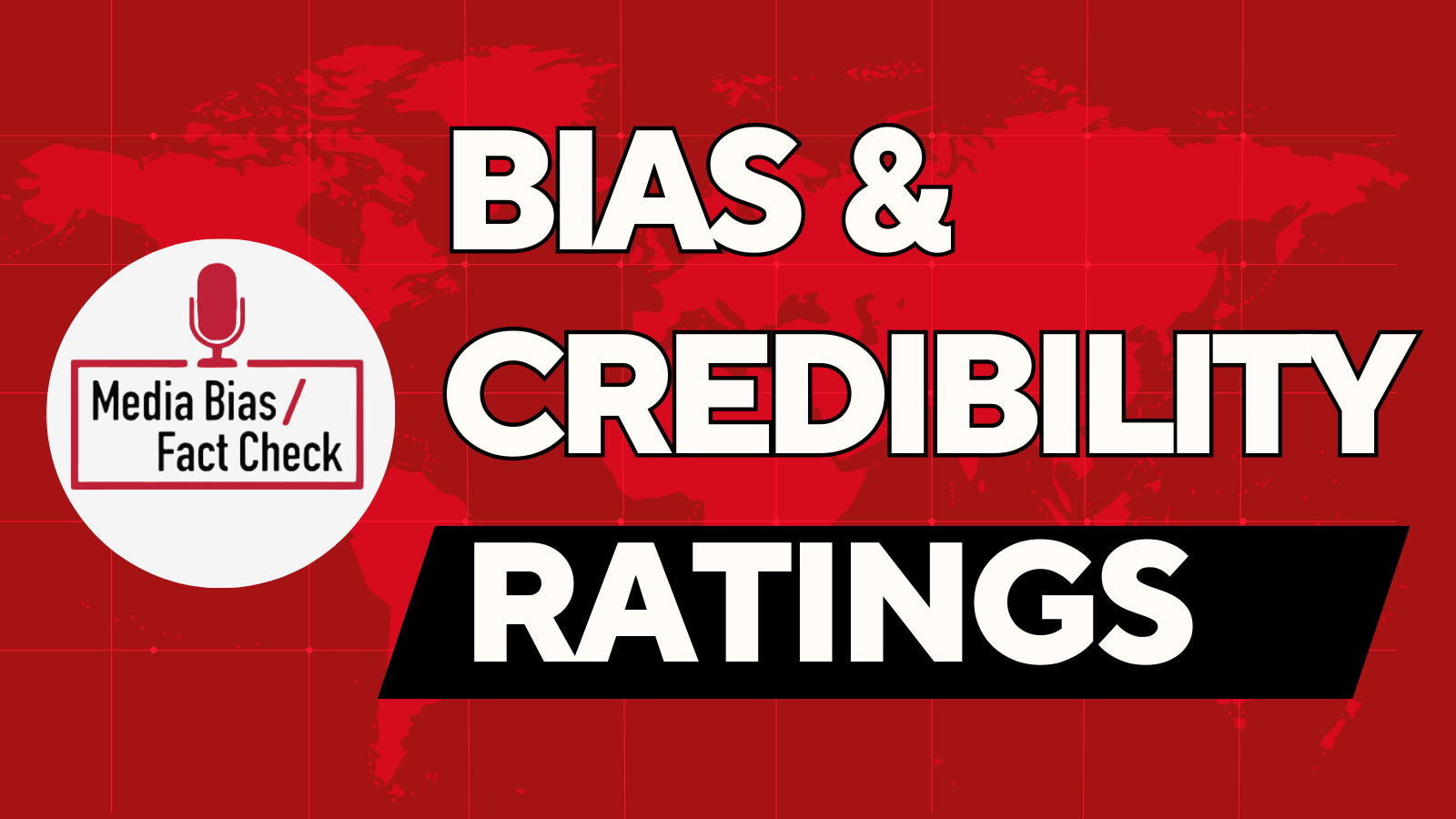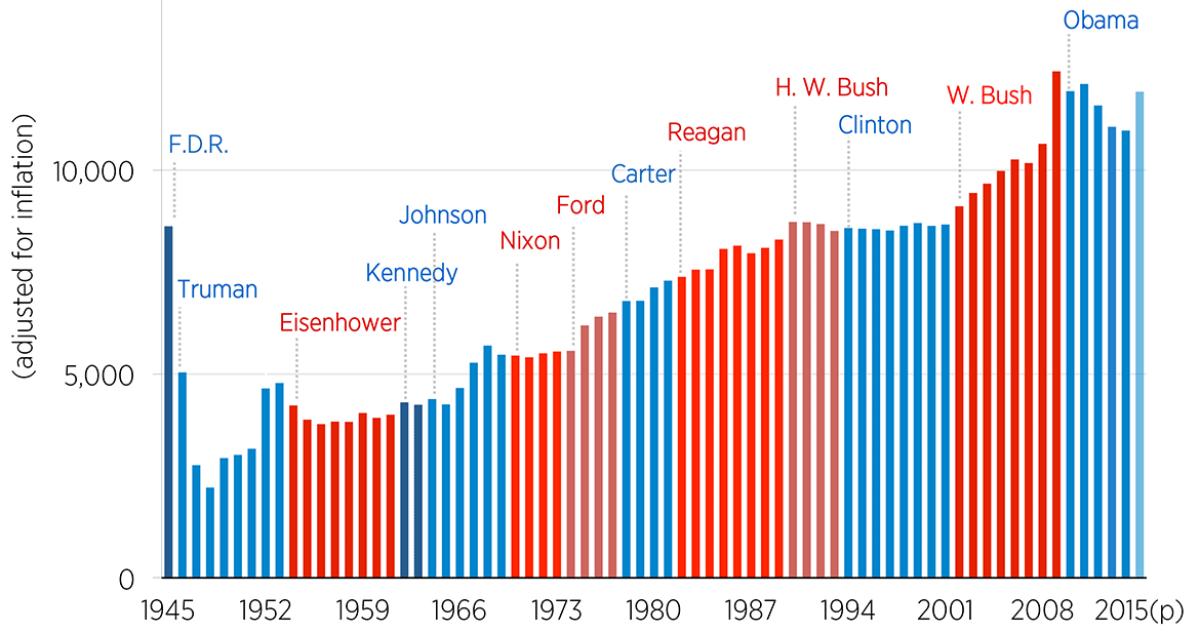Congress needs to pass 12 funding bills in 11 days to avert a shutdown – here’s why that isn’t likely
The challenge this year is the greatest faced since the enactment of the Congressional Budget Act of 1974U.S. senators and representatives returning from their summer vacations will need to shake off their suntans in quick time and get down to business.
Congress has just 11 days when it’s in session before the next federal fiscal year begins on Oct. 1, 2023. And in that time, it will need to enact all 12 appropriation bills to ensure that government agencies and departments have funding to keep programs going – or face a potential government shutdown.
So will they pull it off? And what will happen if they don’t? As an expert of public policy and former deputy director of the Congressional Budget Office, I feel that the challenge this year is the greatest faced since the enactment of the Congressional Budget Act of 1974, which made significant reforms in the process. This is due to the magnitude of the differences not only between the two parties but also between the House and Senate. A worse-case scenario could see a government shutdown for several weeks, or even a couple of months – and that could have a significant negative impact on the economy.
One down, many to go
The House of Representatives initially faced a workload of 12 appropriation bills to get through Congress. But just before the House broke for August recess, it passed one appropriation bill, for military construction.
One down, 11 to go. The problem is the military construction bill is traditionally the easiest to pass, as it is very small – this year it stood at US$19.1 billion in spending. This is substantially less than the largest bill, which is usually the Labor, Health, Human Services and Education bill. When reported, or passed, out of the committee in the Senate this year, that bill amounted to $224 billion. Providing money for military construction is also generally done without much controversy, as it includes funding for housing military families – something few members want to oppose.
And while the military construction funding bill passed before the recess, the House leadership had also hoped to pass the Agriculture, Rural Development, and Food and Drug bill but did not have the necessary votes for passage.
Complicating matters is that ongoing funding bills could be delayed or derailed by ideological battles in Washington.
The conservative Freedom Caucus in the House is pushing for tens of billions of dollars in cuts in the eight appropriation bills that fund domestic spending. The other four are military construction; defense; state and foreign operations; and the legislative branch itself.
Part of this desire for cuts comes from the frustration that conservatives feel over there being virtually no reductions in the Fiscal Responsibility Act of 2023, which lifted the debt ceiling and was negotiated by House Speaker Kevin McCarthy and President Joe Biden in late May.
Ideological impasse
Members of the Freedom Caucus are also expected to push for several riders on the appropriation bills that would restrict abortion rights and eliminate funding for LGBTQ+ centers and diversity and inclusion programs. These will be vehemently opposed by Democrats and potentially create an impasse in negotiations.Another complicating factor is that, recently, the administration submitted to Congress a request for a $45 billion supplemental appropriation that includes $24 billion for the war in Ukraine.
In the past, these measures would often be attached to either an individual appropriation bill or what is known as a continuing resolution. A continuing resolution generally funds the government at the same level as in the preceding year for a short time, usually a number of days or weeks.
However, there are Republicans in the House who may object to moving such a bill. Congress would also have to declare an emergency to exempt it from the caps in the Fiscal Responsibility Act.
Members in the House prefer to pass individual appropriation bills, since those are easier to amend. But with time running out, they may be forced to combine all of the outstanding bills into an omnibus bill – with the hopes that it could pass by Oct. 1.
While, constitutionally, appropriation bills must start in the House, they have to be reconciled with whatever version the Senate passes.
The good news here is the Senate Appropriations Committee has reported all 12 bills out of committee and thus is ready for the full Senate to consider when it returns. It has also agreed to raise the caps on national defense spending by $8 billion and domestic spending by $5.2 billion above the caps in the Fiscal Responsibility Act.
But differences in spending between what’s in the bills passed by the Senate committee and the much lower levels desired by many Republicans in the House, combined with the ideological arguments over the various riders expected to be adopted by the House, is setting the stage for a chaotic time in late September and early October.
[continued below]










